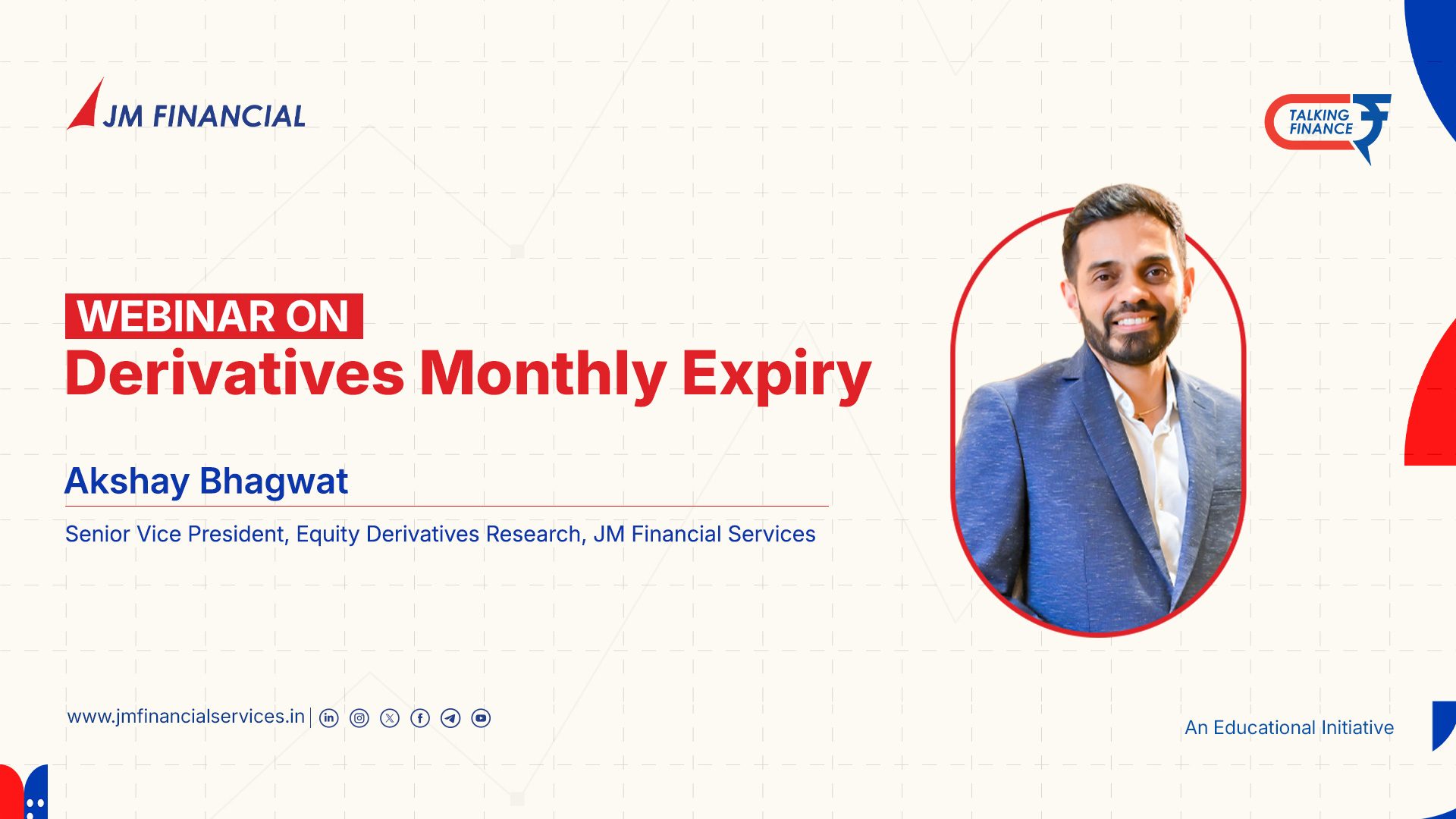NSE investor base crosses 12 crore
The pace of growth has accelerated sharply. While it took 25 years for the exchange to reach 4 crore investors in March 2021, the next 8 crore were added in less than five years.
Women account for one in four investors, while the median age has fallen to 33 years from 38 in 2020. Nearly 40% of investors are under 30.
Maharashtra leads with 1.9 crore investors, followed by Uttar Pradesh at 1.4 crore and Gujarat at 1.03 crore. Investor participation now covers 99.85% of India?s pin codes.
Equity performance has supported participation. In FY26 so far, the Nifty 50 has risen 7% and the Nifty 500 by 9.3%. Over five years, the indices have delivered annualised returns of 17.7% and 20.5%. Market capitalisation of NSE-listed firms has grown at 25% CAGR to Rs 460 lakh crore. Households, directly and via mutual funds, held 18.5% of this as of June 2025.
Mutual fund flows remain strong, with 2.9 crore new SIP accounts opened between April and August 2025. Average monthly SIP inflows during this period were Rs 27,464 crore, up from Rs 21,883 crore a year earlier.
Investor awareness initiatives have expanded. Its Investor Protection Fund stood at Rs 2,644 crore as of August 31, up 21% year-on-year.
?This year, we have crossed another significant yardstick,? said Sriram Krishnan, chief business development officer, NSE. Growth has been supported by streamlined KYC, awareness programmes and steady market sentiment, he added.
NSE, which launched electronic trading in 1994, is India?s largest exchange by turnover. It was the world?s biggest derivatives exchange by volume in 2024 and the second-largest globally in equity trades, according to industry bodies FIA and WFE.
Powered by Capital Market - Live News



